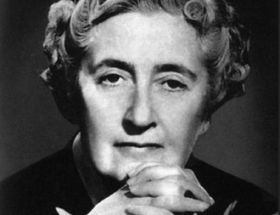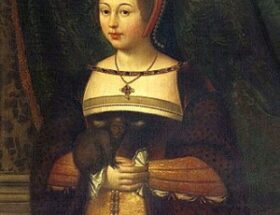
Background
The Bloody Island Massacre (also called the Clear Lake massacre) occurred on an island called in the Pomo language, Bo-no-po-ti or Badon-napo-ti (Island Village), at the north end of Clear Lake, Lake County, California. It was a place where the Pomo had traditionally gathered for the spring fish spawn.
A number of Pomo, primarily members living in the Big Valley area, had been enslaved, interned, and severely abused by settlers Andrew Kelsey and Charles Stone.
Kelsey and Stone purchased cattle running free in Big Valley from Salvador Vallejo in 1847. They captured and impressed local Pomo to work as vaqueros (cowboys). They also forced them to build them a permanent shelter with promises for rations that were not kept.
Because they made a residence there, their treatment of the Pomo was more brutal than had been Vallejo’s. The people were eventually confined to a village surrounded by a stockade and were not allowed weapons or fishing implements. Families starved on the meager rations they provided, only four cups of wheat a day for a family. When one young man asked for more wheat for his sick mother, Stone reportedly killed him.
In the fall of 1849, Kelsey forced 50 Pomo men to work as laborers on a second gold-seeking expedition to the Placer gold fields. Kelsey became ill with malaria and sold the rations to other miners. The Pomo starved, and only one or two men returned alive.
Stone and Kelsey regularly forced the Pomo parents to bring their daughters to them to be sexually abused. If they refused they were whipped mercilessly. A number of them died from that abuse. Both men indentured and abused the Pomo women. The starving Pomo became so desperate that
‘Suk’ and ‘Xasis’ took Stone’s horse to kill a cow but the weather was bad and the horse ran off. Knowing they would be punished, (Chief) Augustine’s wife poured water onto the two men’s gunpowder, rendering it useless; Pomo warriors attacked the house at dawn, immediately killing Kelsey with an arrow. Stone jumped out a window and tried to hide in a stand of willow trees, but Augustine found him and killed him with a rock. The Pomo men took food back to their families and everyone left to join other relatives around the Lake. Some went to Badon-napoti where the spring fish spawn was underway.
The Massacre
On May 15, 1850, a 1st Dragoons Regiment of the United States Cavalry contingent under Nathaniel Lyon and Lieutenant J. W. Davidson tried to locate Augustine’s band to punish them. When they instead came upon a group of Pomo on Badon-napoti (later called Bloody Island), they killed old men, women and children.
The National Park Service has estimated the army killed 60 of 400 Pomo, while other accounts say 200 were killed. Most of the younger men were off in the mountains to the north, hunting. Some of the dead were relatives of Habematolel Pomo of Upper Lake and Robinson Rancheria of Pomo Indians of California. The army killed 75 more Indians along the Russian River.
Aftermath
One of the Pomo survivors of the massacre was a 6-year-old girl named Ni’ka, or Lucy Moore. She hid underwater and breathed through a tule reed. Her descendants formed the Lucy Moore Foundation to work for better relations between the Pomo and other residents of California.
The Pomo were forced to live in small rancherias set aside by the federal government and continued to do so for most of the 20th century, while their population reduced in number and survived in poverty.
The Bloody Island massacre is mostly excluded from California history as few are the textbooks mentioning it or any abuse of the native Californians.


